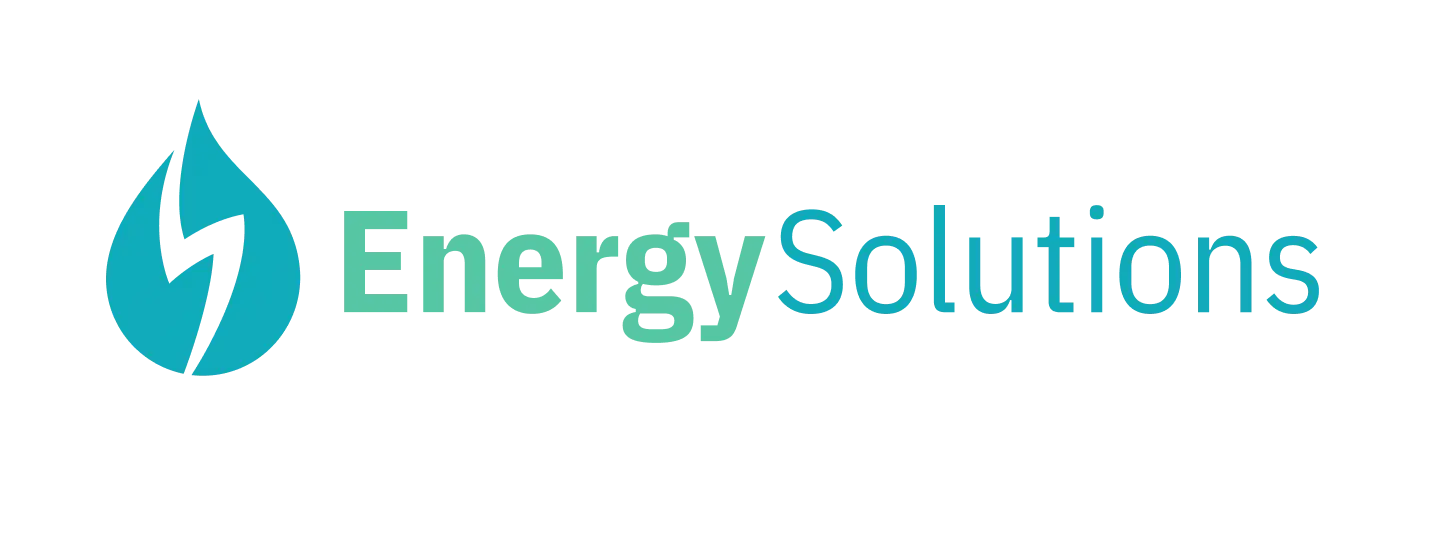
Abdullah Shoaib
Managing Director
5 min read
Last Updated June 13, 2025
What is a fixed energy tariff?
Understanding the different types of energy tariffs is a key first step towards managing your business’s bills effectively. Different tariffs have different benefits, and choosing the right one for your business can make a big difference to your monthly energy costs.
In this article, we outline what fixed energy tariffs are and how they work, as well as helping you to understand whether they are the right choice for your business.
How do fixed energy tariffs work?
A fixed energy tariff is one where the unit rates you pay for gas and electricity are locked in – or fixed, hence the name – for a set period of time that lasts usually for around one to three years. This means that, for the length of your contract, the price you pay per unit of energy will remain the same regardless of fluctuations in the wholesale energy market.
Important! A fixed energy tariff doesn’t cap your total energy bill – only the rate per unit is fixed. As your energy usage increases, so will your overall costs.
The point of a fixed energy tariff is to guarantee your business energy prices for a long period of time, helping to give you stability and predictability from month to month. If the wholesale price of energy goes up, whether by a small amount or a significant hike, you’ll still be paying the price per unit you originally agreed to until the end of your contract.
Most fixed tariffs carry a standing charge – a daily fee applied to your bills for as long as you’re connected to the supply – and this is also fixed for the duration of your contract. The standing charge helps to pay for essential maintenance to the energy grids and will be added to your bill regardless of whether or not you’ve used any energy that day.
The value in a fixed tariff comes from the fact that it can shield you from price hikes, helping to ensure that you stay in control of how you pay for energy. However, there can be drawbacks.

Just as a fixed energy tariff stays the same when prices go up, it also stays fixed when they come down. So, you could end up paying more than the market price if it were to fall below the unit price you’re locked in with. You might also face additional charges if you want to switch tariffs before your contract ends.
As with any kind of energy tariff, it’s wise to compare options before committing so you can be sure you’re getting the best deal for your business.
Should I switch to a fixed energy tariff?
Switching to a fixed energy tariff can be a smart move for many businesses – but whether it’s right for you depends on your circumstances, priorities and business operations.
Need for predictability
As discussed, a fixed tariff ensures the same unit rates and standing charge for the duration of your contract. If your business would benefit from predictable energy costs to support long-term budgeting or to protect profit margins, locking in your unit rates for 12 to 36 months could be a good choice.
This can be especially useful for SMEs, manufacturers or any business with tight financial margins, as it removes the uncertainty of fluctuating energy prices.
In this way, fixed tariffs are particularly attractive during periods of market volatility. Recent years have seen domestic energy prices be significantly affected by international conflicts and political relations – a fixed tariff can protect your business from these effects for the length of your contract.
On the other hand, if prices are falling or already low, a variable or flexible tariff might be a more cost-effective choice. Then again, choosing a variable tariff comes with the risk of future price hikes – so you’ll need to weigh up your options carefully to find the best choice for your business.
Scale of operations
Another worthwhile consideration is your business’s energy usage patterns. If you operate across multiple sites or consume large volumes of energy, even small price changes can have a significant financial impact.
In this example, a fixed tariff with an acceptable unit rate could be the safer option, allowing you to plan ahead for expenses.
Demand for flexibility
Businesses which thrive on agility in the market may prefer to opt for a variable or flexible tariff where the unit price changes in accordance with the wholesale market price. A fixed tariff doesn’t just lock in the price, it locks you in as well – meaning you typically have to pay a fee or charge if you want to leave your contract before it ends.
This could make it more difficult for your business to pivot at speed and take advantage of lower unit rates as they appear, resulting in missed potential savings.

Pingback: Are variable energy tariffs worth it? - Energy Solutions